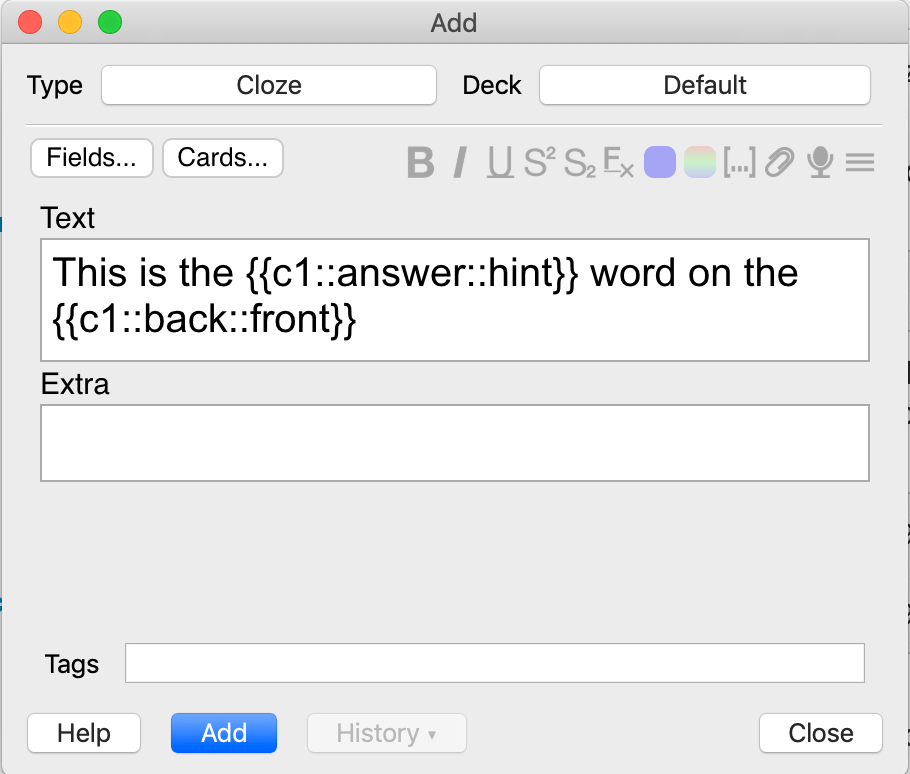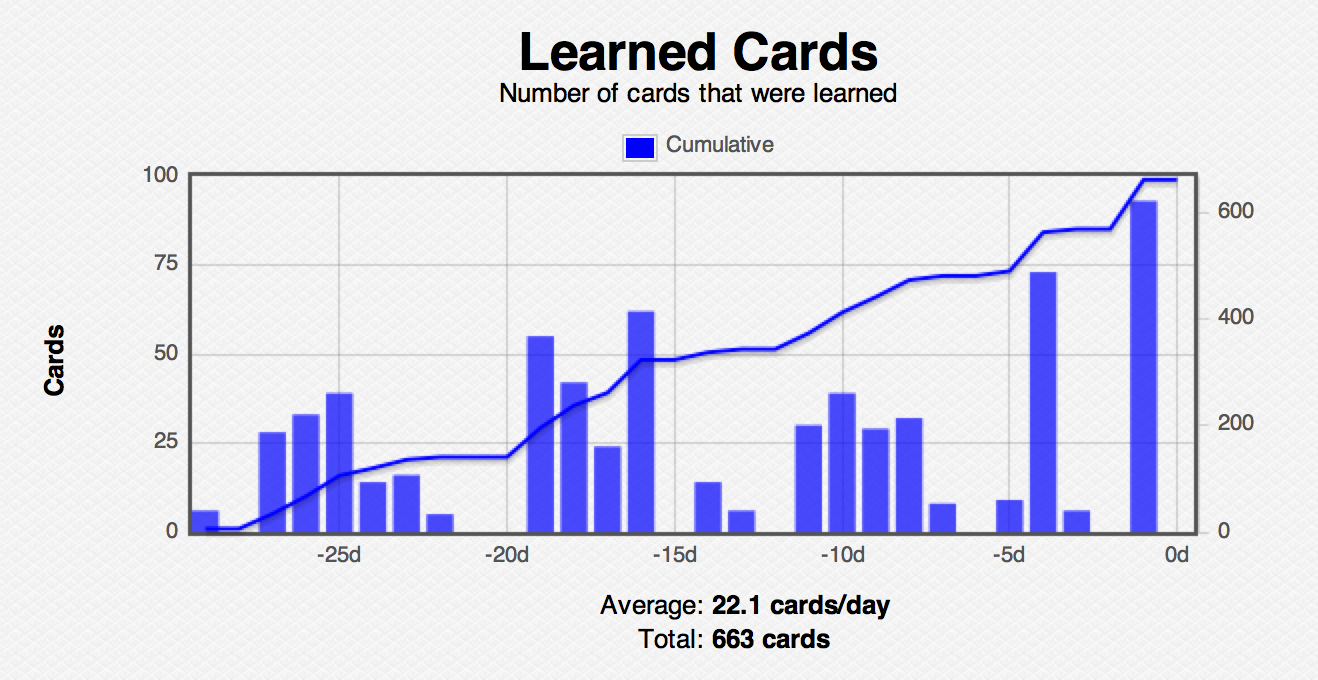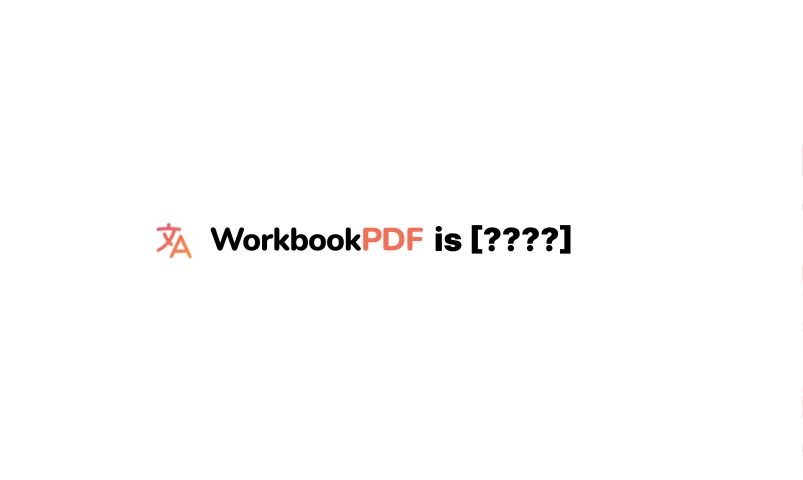Traditional learning methods can be time-consuming and not very effective. Luckily, Anki, a powerful tool, offers a solution to these challenges. Anki uses spaced repetition and active recall techniques, to create simple cards that help you learn faster. In this blog post, we will focus on Anki Cloze cards, a specific type of flashcard within the Anki ecosystem that can be a game-changer for language learners.
Anki Cloze cards are unique compared to Anki's basic cards. They allow you to hide specific parts of a sentence or text, enabling you to test your memory in the best way. The benefits of using Anki Cloze cards are numerous, including improved memory retention, better understanding of concepts, and increased efficiency in learning.
Ready to get started with Anki cards? In this guide, we'll walk you through the process of setting up Anki, creating your first Cloze card, and using advanced techniques to make your learning experience even more effective. Let's dive in!
What Are Anki Cloze Cards?
Anki Cloze cards are a type of flashcard that allows you to hide specific parts of a sentence or text, forcing you to recall the missing information. This process of active recall helps you retain information more effectively than passive reading or rote memorization.
What Are the Benefits of Using Anki Cloze Cards?
- Improved Memory Retention: Cloze cards enhance your ability to retain information by forcing you to recall missing information actively.
- Better Understanding of Concepts: By filling in the blanks, you gain a deeper understanding of the concepts you're studying.
- Increased Efficiency in Learning: Cloze cards make your study sessions more efficient by focusing on key information.
- Enhanced Engagement with the Material: The interactive nature of cloze cards makes learning more engaging.
These benefits make Anki Cloze cards an effective tool for supercharging your learning process.
How to Create Effective Anki Cloze Deletion Cards
Creating Anki Cloze cards is easy once you understand the basic structure and syntax. In the following sections, we'll guide you through the process of installing Anki, setting it up, and creating your first Cloze card.
You can download Anki for free from the official website. Anki is available for Windows, macOS, and Linux. There are also mobile apps for iOS and Android if you prefer to study on the go.
Once you've downloaded Anki, follow the installation instructions for your specific platform. The installation process is straightforward and should only take a few minutes.
After installing Anki, open the program and familiarize yourself with the interface. You may want to adjust some settings, such as the number of new cards per day or the review intervals, to optimize your learning experience.
Create Your First Cloze Card
The cloze deletion card is one of the many note types in Anki. The card template uses a simple syntax to create the cloze deletions. To create a cloze deletion, simply enclose the text you want to hide in double curly braces, like this: {{c1::text to hide}}. The "c1" indicates that this is the first cloze deletion in the card.
You can create multiple cloze deletions in a single card by using different numbers, like {{c2::text to hide}} and {{c3::text to hide}}. Anki will generate separate cards for each cloze deletion, allowing you to review them independently.
Create Cloze Deletion Cards

Open up Anki, potentially create a new deck to not mix it with your different cards. If you're opening Anki for the first time, you can simply create a new deck, create flash cards and use the cloze functionality on your first card.
Click on the "Add" button to create a new cloze card. Select the "Cloze" note type, and enter your text into the "Text" field. Highlight the text you want to hide and wrap it in double curly braces, like this: {{c1::text to hide}}. Click "Add" to generate the card.
For example, you could take the example sentence:
- "Anki was created in 2006 by Damien Elmes."
And turn it into:
- "Anki was created in [???] by [???]."
You do this by highlighting the text you want to hide and wrapping it in double curly braces, like this:
- "Anki was created in
{{c1::2006}}and{{c2::Damien Elmes}}."
Two cards will be generated from this single Cloze card, one for each cloze deletion.
Why are Anki Cloze Cards Effective?
Anki Cloze cards are effective due to their use of spaced repetition, active recall, and interleaved learning.
- Spaced repetition optimizes your study time by prioritizing cards that need more attention, improving long-term retention.
- Active recall, facilitated by the missing information in cloze cards, makes your brain work harder to recall the correct answer, strengthening memory retention.
- Interleaved learning, achieved by mixing different topics or forms of practice, can improve retention by helping you make connections between different subjects and promoting a deeper understanding of each topic.
Spaced Repetition: The Secret Sauce for Memory Retention
Ever wondered how to make your brain prioritize what it needs to remember? Anki's algorithm does just that. When you review a cloze card and nail the answer, Anki increases the time before you see that card again. This lets you focus on the stuff that's still a bit fuzzy. But if a card gives you trouble, Anki makes sure it pops up more often to reinforce your memory. This smart system of spaced repetition ensures you spend your study time where it counts the most, leading to impressive long-term retention.
Active Recall: Making Your Brain Work for Better Learning
Want to make your brain work smarter, not harder? Cloze cards are your answer. They promote active recall, a process that makes your brain actively dig up information. When you come across a cloze card with a missing piece, your brain has to hustle to find the right answer. This mental workout strengthens your memory retention. And guess what? Cognitive science backs this up, showing that active recall trumps passive review methods like rereading or highlighting.
Interleaved Learning: Mixing It Up for Deeper Understanding
Ready to shake up your study routine? Try interleaved learning. This technique mixes different topics or types of practice to enhance learning. Instead of drilling one topic at a time, interleaved learning nudges you to switch between multiple related topics or skills. This approach can boost retention by helping you draw connections between different subjects and fostering a deeper understanding of each one.
Here's how you can blend different topics for better retention using Anki:
- Whip up separate decks for each topic you're studying.
- Review multiple decks in one study session, switching between them.
- Use tags to sort cards by topic, then create filtered decks that pull in cards from various topics.
By weaving spaced repetition, active recall, and interleaved learning into your study routine with cloze cards, you're setting yourself up for a more engaging learning experience and improved long-term retention of information.
Cloze tests are great for language learners
Cloze tests are ideal for language learners due to their versatility and adaptability. They assess comprehension of authentic texts, can be adapted for any language level, target specific skills, are simple to create, provide contextual clues, assess both receptive and productive skills, and offer quantitative scores for tracking progress.
- Learn translations: You can create a hint in your native language on the back of the card to help you learn your target language. This helps you learn faster with additional information when needed.
- Comprehension of authentic texts: They test comprehension of authentic texts, not just isolated vocabulary or grammar.
- Adaptable for any language level: They can be adapted for any language level by controlling the difficulty of the passage and which words are deleted.
- Target specific skills: They allow teachers to target specific skills like vocabulary, verb tenses, or word order.
- Simple and quick to create: They are simple and quick to create, administer, and score.
- Contextual clues: They give contextual clues to help recall the right words, reducing the need for pure memorization.
- Assess both receptive and productive skills: They can assess both receptive and productive skills when students must generate the missing words.
- Quantitative scores for tracking progress: They provide quantitative scores for tracking progress over time.
With some creativity, cloze tests can be an engaging and effective assessment technique for any language learning environment.
Anki Statistics: Tracking Your Progress

Anki's statistics can be a valuable tool for tracking your progress and identifying areas for improvement. To access and utilize Anki's statistics, follow these steps:
- Open Anki and select the deck you want to analyze.
- Click on the "Stats" button located at the bottom of the screen.
- In the statistics window, you can view various graphs and data related to your learning progress, such as review count, intervals, and correct/incorrect answers.
To identify areas for improvement, pay attention to the following aspects:
- Review count: Check the number of reviews you have completed for each card type (new, learning, young, and mature). If you notice a high number of reviews for certain card types, it might indicate that you need to spend more time on those cards or adjust your learning strategy.
- Correct/incorrect answers: Analyze the percentage of correct answers for each card type. A low percentage of correct answers might indicate that you need to revise the material or modify your learning approach.
- Intervals: Examine the intervals between card reviews. If the intervals are too short, you might need to adjust your Anki settings to increase the spacing between reviews, allowing for better long-term retention.
- Time spent: Monitor the time you spend on reviews. If you find that you are spending too much time on certain cards or decks, consider adjusting your study habits or breaking down complex cards into smaller, more manageable pieces.
To improve your learning experience with Anki, consider using add-ons like "More Overview Stats" or "Progress Graphs and Stats for Learned and Matured Cards" to gain additional insights into your progress. These add-ons can provide more detailed information about your learning process, helping you identify areas for improvement and optimize your study sessions.
Remember that regular review and consistent practice are essential for effective learning with Anki. By analyzing your statistics and adjusting your study habits accordingly, you can enhance your learning experience and achieve better results.
Conclusion
Anki's cloze deletion is a game-changer for retaining key facts, figures, vocabulary, and more. Cloze cards provide the context of full sentences while zeroing in on the most important information.
Next time you need to memorize names, dates, terms, or definitions, turn them into interactive fill-in-the-blank exercises with Anki's cloze feature. Mastering cloze cards can take your active recall to the next level.
The key is spending time to create high-quality clozes tailored to your study domain. With deliberate practice, cloze deletion can become your secret weapon for acing tests and excelling in your career.
How WorkbookPDF Can Help
You can create your own workbooks with cloze deletions and print them out! Try it now!
